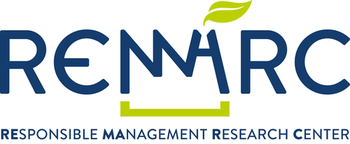Heavy metal contamination in Peru: implications on children’s health. A new publication in Nature

A new publication by Flaviano Bianchini and co-authors published in Nature.
Heavy metal contamination in Peru: implications on children’s health
Abstract
Cerro de Pasco, Peru, has been excessively contaminated with heavy metals due to high mining activities in the region. We investigated the presence of chronic exposure to heavy metals in children living in Cerro de Pasco and its effect on health. Heavy metal concentrations were determined in hair samples collected from 78 children living in a region exposed to an open-pit mine (Paragsha region) and from other 16 children unexposed to mine activities (Carhuamayo region). Children exposed to the mine showed statistically significant higher concentration of aluminum, antimony, arsenic, cadmium, chromium, iron, lead, tin and thallium (p < 0.05) than control children. Hair samples collected from the same children in two occasions (2016 and 2018) showed that the exposure is chronic with higher levels of heavy metals observed in 2018. The concentration of heavy metals was higher in hair tip than in hair root samples. Heavy metals are associated with substantial higher risk of nosebleed, chronic colic, dermatologic alterations, mood alterations, presence of white lines on nails, reduced visual camp and other symptoms. Chronic heavy metal exposure implies various negative consequences on children’s health. Preventive measures are crucial to protect children’s health.
The article is available online here.
Read about this article also on the newspaper L’Osservatore Romano (in Italian).



